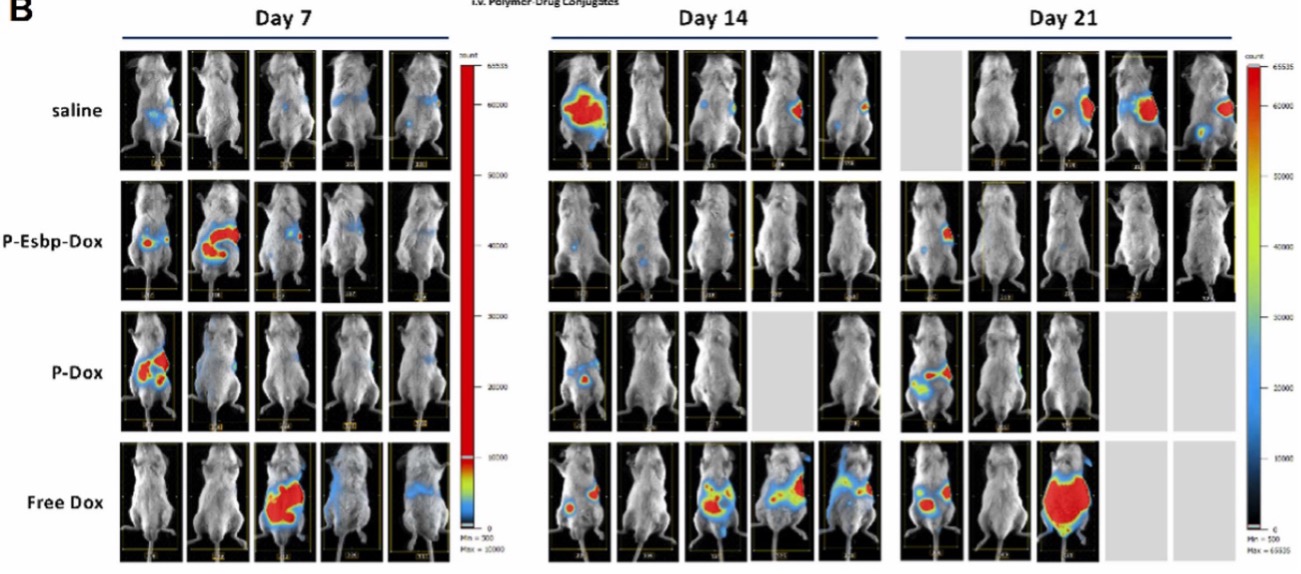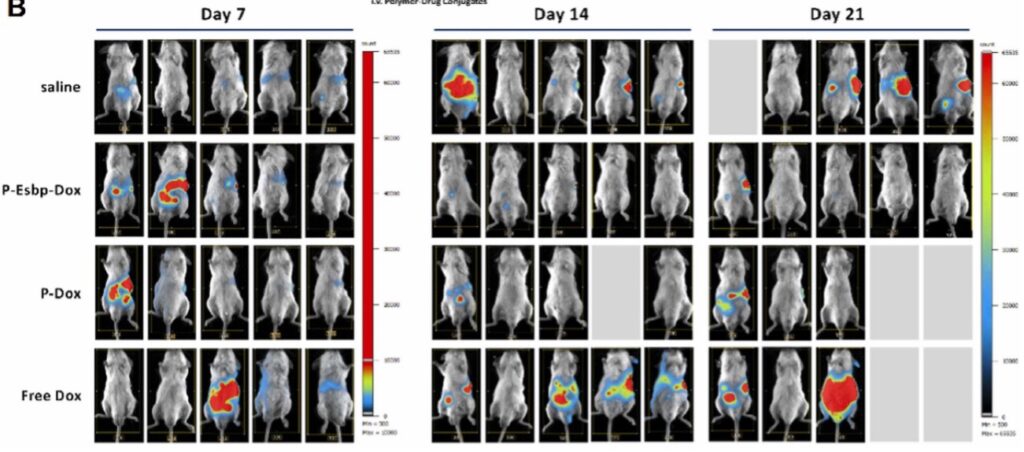M-Series
In this recent publication,1 published in the acclaimed peer-reviewed journal Nano Today, Marie Rütter et al. use the Newton 7.0 as a key component of their research.
It should be of no surprise to anyone that cancer continues to be the second leading cause of death in the world2. While new and improved diagnoses and treatments are being developed every day, cancer metastasis continues to be a major cause of death.
Colorectal cancer (CRC) is one of the most prevalent cancers, most commonly metastasizing to the liver. Unfortunately, treatment for metastatic disease can be difficult, and new non-surgical treatment therapies are greatly needed3.
In this article, Marie Rütter et al. present a method that targets the upregulation of a cell adhesion molecule (CAM), which is involved in a process that supports the growth of metastatic cancer cells and pro-inflammatory leukocytes.
Previously, it has been shown that a CAM named E-selectin was a viable target and its inhibition could reduce metastatic burden in lung and colon cancer while demonstrating few side effects. The authors then demonstrated that P-Esbp-Dox, a specific anti-cancer drug (Doxirubicin, Dox) bound to an agent targeting E-selectin, could prolong the survival time of mice with lung cancer, and treat lung metastases. In fact, they found that the targeting agent (P-Esbp) without the drug also had some promising effects.
The authors here decided to extend their findings towards the treatment of CRC and liver metastases. To this end, the authors used an aggressive mouse model of CRC liver metastasis induced by injecting luciferin-expressing CRC cells (CT26-GFP/Luc) into the spleen to cause liver tumors.
The results herein can be generally split into three primary experiments. Treatment of liver metastases with P-Esbp-Dox, preventative treatment with P-Esbp, and treatment with both P-Esbp-Dox and P-Esbp simultaneously.
In the first P-Esbp-Dox experiment, mice received a single treatment of this copolymer. Control groups received either a polymer containing Dox but without targeting E-selectin (P-Dox), free Dox, or saline. Treatment success was determined by using the Newton 7.0 system for bioluminescence imaging (BLI) to determine the cancer burden of each mouse. Initially, P-Esbp-Dox and P-Dox both showed favorable results 10 days after treatment (Figure 1). However, the mice with P-Dox relapsed four days later. By the end of the experiment, the P-Esbp-Dox group survived a median 63 days compared to 36.5 days for the P-Dox group, 30 days for free Dox, and 35 days for the saline control group.

Figure 1: Inhibition of metastatic growth of CRC liver metastases by P-Esbp-Dox treatment: In vivo images of luminescent CT26-GFP/Luc metastases, the same animal occupies the same grid location on each day, acquisition conditions are constant for all images, range.1
In the second P-Esbp experiment, P-Esbp was delivered prior to injection of the CT26 CRC cells, and also tested against B16-F10 melanoma cells (typically causing lung metastases). Interestingly, while effective against the B16-10 cells, P-Esbp was not substantially effective against CT26 cells, and the authors were unable to make conclusions in this case.
Finally, a third experiment had mice receive a one-time dose of P-Esbp-Dox, followed by repeated injections of P-Esbp. As with experiment one, P-Esbp-Dox-only mice had the best median survival time (77 days), while P-Esbp-Dox + P-Esbp actually reduced the survival time to ~33 days, similar to the 26-days of the saline-control group. It appears that P-Esbp on its own blocks E-selectin, which could contribute to the decreased effectiveness of P-Esbp-Dox, which targets E-selectin to deliver Dox.
The authors also performed further analysis of the tumor microenvironment to try to determine why P-Esbp treatment was not always beneficial. Overall, this paper does highlight E-selectin as a suitable, safe, and viable target for drug delivery. While much more work still needs to be done to understand how drugs for this may interact with each other, this is one step closer to curing cancer.
Throughout this study, the authors used the Newton 7.0 system to monitor cancer cell growth/metastasis spread. Using optical imaging in this way allows researchers to use fewer mice and produce better data by using the same mice in a longitudinal manner rather than sacrificing groups at every timepoint for immunohistochemical analysis.
The Newton 7.0 has the widest camera lens aperture on the market and the highest sensitivity available. For more information on how you could use this instrument in your research, contact us here.
References
1. Rütter, M., Milošević, N., Ventura, Y., Feinshtein, V. & David, A. E-selectin-targeted polymer-doxorubicin conjugate induces regression of established colorectal liver metastases and improves mice survival. Nano Today 55, (2024).
2. Siegel Mph, R. L. et al. Cancer statistics, 2023. CA Cancer J Clin 73, 17–48 (2023).
3. Zampino, M. G. et al. Treatments for colorectal liver metastases: A new focus on a familiar concept. Crit Rev Oncol Hematol 108, 154–163 (2016).

